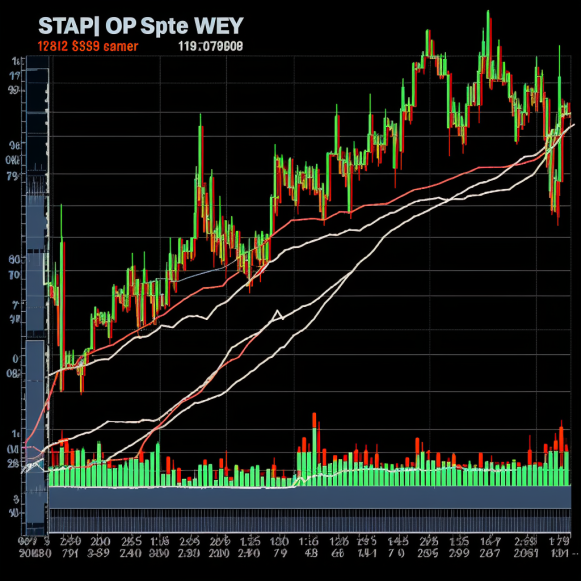A portfolio manager explains why the first quarter of 2024 is the perfect storm for a stock-market pullback — and shares the 3 funds he’s buying to take advantage of this year’s bull rally

- Raymond Bridges has a bearish outlook on the macroeconomic front.
- Still, he expects that the remainder of the year will be accompanied by a bull rally for stocks.
- He has reduced his short-term Treasuries exposure and increased his stock exposure.
According to a Goldman Sachs note dated September 16, economic growth continued into the third quarter of the year, with GDP growth estimated at 3.3%.
The Fed’s next interest-rate decision will be announced in November, making November the next pivotal month. According to Goldman Sachs, rates will remain stable as long as inflation remains low and the labor market remains strong.
The stock market appears to be reflecting these optimistic expectations. However, Raymond Bridges, portfolio manager of the Bridges Capital ETF, an actively managed equity long-only fund, believes the overall macroeconomic outlook remains bearish. He rebalances his ETF on a monthly basis using macro trends and technical analysis.
In the short term, the bearish outlook may appear insignificant. He anticipates a bullish rally to carry the stock market through the rest of the year. Furthermore, he believes that large-cap stocks have yet to experience a significant selloff.
The issue, he added, is that equities are temporarily supported by liquidity in the financial system from two primary sources: the Fed’s recent pause in rate hikes and fiscal spending supported by the draining of the reverse repo market, which had ballooned to a record $2.55 trillion in December 2022.
According to Fed data, the latter includes excess bank reserves on the Fed’s balance sheet, which have been reduced by about $200 billion each month since May. This occurred as the Treasury raised funds by selling bonds, which typically reduces demand for the Fed’s facility.
Simultaneously, the Bank Term Funding Program (BTFP), established by the Fed in March to allow distressed banks to borrow funds for up to a year in order to meet depositor needs, will expire on March 11, 2024. However, regional banks continue to use this program on a weekly basis, according to Bridges. According to him, the banking sector has not recovered. Worse, once the program expires, loans will have to be repaid with interest, he added.
However, some believe that banks’ participation in the BTFP is motivated by opportunism rather than a desire to meet urgent needs. According to Joseph Abate, strategist at investment bank Barclays, troubled banks did the majority of the borrowing at the start of the banking crisis earlier this year, which has since subsided, according to Reuters.
Bridges, however, does not believe the industry is out of the woods yet, citing the SPDR S&P Regional Banking ETF (KRE), which tracks regional banks in the S&P 500, as being in a downtrend since February.
“So those two things are sort of a perfect storm in the first quarter of 2024 from a liquidity standpoint,” Bridges said of the BTFP and the Fed’s asset drawdown.
By March, he anticipates a pullback or capitulation in equities. At that point, he’s predicting a recession unless Fed Chair Jerome Powell makes a significant preemptive policy shift, such as switching to aggressive rate cuts or launching another lending program.
Short-term forecasting
His ETF was heavily weighted in one- to three-month Treasury bills in August, with a 90% allocation. But just because he’s bearish on the macro outlook doesn’t mean he won’t seize short-term opportunities.
Bridges has cut his short-term Treasury exposure to 55%. His ETF, which debuted on May 11, is a combination of US equity-index ETFs, large-cap stocks, and cash or cash equivalents. He stated that he has increased his equity exposure by about 45% through three indexes since August 28.
The SPDR S&P 500 ETF Trust (SPY) is a low-cost index that provides exposure to the largest companies; the Invesco QQQ Trust (QQQ) provides sole exposure to technology stocks; and the iShares Russell 2000 ETF (IWM) provides low-cost exposure to small caps despite having higher risk and volatility. He aims for a general 20% exposure for each fund.
He intends to keep adding to these ETFs until the market appears overbought, at which point he will withdraw to realize his gains. The Bullish Percent Index (BPI), a measurement of buy and sell signals, is one of many indicators Bridge monitors to determine an overbought market. If that index rises above 60%, Bridge will know it’s time to reduce his position size.






